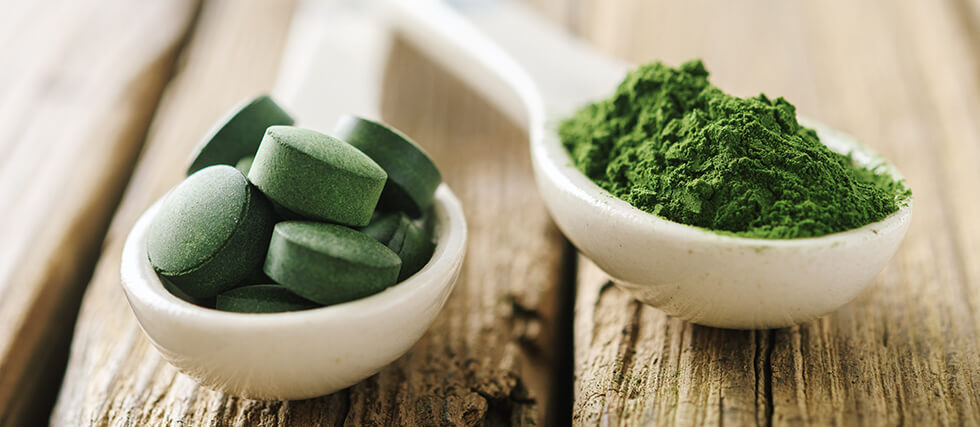Is Chlorella Worth the Hype? Benefits, Uses, and Precautions
Chlorella is a freshwater green microalgae often touted as a superfood for its dense nutritional profile and wide-ranging potential health benefits. Sold in powder, tablet, or tincture form, this vibrant green supplement contains a unique blend of plant-based protein, fiber, chlorophyll, omega-3 fatty acids, and essential vitamins and minerals, including vitamin A, calcium, and iron. Thanks to its antioxidant and anti-inflammatory properties, chlorella has gained popularity among health-conscious consumers and in wellness circles.
Unlike some other greens, chlorella cannot be eaten in its raw, whole form—its tough cell walls are indigestible to humans. This is why commercially available chlorella is processed to break these walls and make the nutrients more bioavailable. The powdered form blends easily into smoothies, dressings, or even warm drinks like chai or matcha. For those sensitive to its “fishy” or grassy taste, tablets or capsules may be a more palatable option.
Potential benefits of chlorella include supporting heart health, lowering blood pressure, reducing LDL cholesterol, and promoting detoxification. It also contains omega-3s, which are essential for brain and cardiovascular health. Some research—even if primarily animal-based—suggests chlorella may support immune function and help manage diabetes-related complications.
However, there are some cautions to keep in mind. Because chlorella is grown in water, it can absorb environmental contaminants, including heavy metals or bacterial toxins, depending on the source. Always choose chlorella from reputable brands that test for purity. Additionally, some people may experience side effects such as nausea, gas, stomach cramps, or allergic reactions, including anaphylaxis, in rare cases.
While daily doses of up to 15 grams have been tested, an ideal amount hasn’t been officially established. If you’re on medications—especially blood thinners or immunosuppressants—consult your healthcare provider before starting chlorella, as it may interfere with these drugs.
If used wisely, chlorella can be a powerful plant-based addition to your wellness routine.




